For centuries, wolves have been cast as the villains of folklore and fairy tales—symbols of cruelty, cunning, and chaos. From Little Red Riding Hood to Aesop’s Fables, they’ve been portrayed as ruthless predators, lurking in the shadows, waiting to exploit weakness. But beneath this caricature lies a far more fascinating truth: wolves are, in fact, some of nature’s most sophisticated team players. Their social structures, communication methods, and cooperative hunting strategies reveal a level of intelligence and collaboration that puts many human organizations to shame.
The wolf pack is not a tyranny, as often imagined, but a tightly knit family unit. At its core is the alpha pair—not domineering despots, but experienced leaders who guide the group through a delicate balance of authority and mutual respect. Younger wolves learn from their elders, roles are assigned based on ability, and every member contributes to the survival of the whole. This dynamic is less about raw dominance and more about shared purpose. When a pack hunts, their success hinges on precise coordination, with individuals taking on roles that play to their strengths—some driving prey forward, others cutting off escape routes, all communicating through subtle body language and vocalizations.
What’s particularly striking is how wolves resolve conflict. Unlike the violent, winner-takes-all battles depicted in fiction, disputes within a pack are often settled through ritualized displays—bared teeth, growls, or even playful bows—that reinforce hierarchy without unnecessary bloodshed. This emphasis on social harmony ensures the group remains functional, a lesson many corporate teams could learn from. Wolves understand that unchecked aggression fractures unity, and their survival depends on maintaining strong, cooperative relationships.
Perhaps the most misunderstood aspect of wolf behavior is their role in ecosystems. Far from being mindless killers, wolves are keystone species—their presence shapes entire landscapes. By culling weak or sick prey, they strengthen herds. By keeping herbivore populations in check, they allow vegetation to thrive, which in turn supports countless other species. This ecological impact, known as a trophic cascade, demonstrates how their teamwork extends beyond the pack to benefit the environment as a whole. In Yellowstone National Park, the reintroduction of wolves led to the regeneration of forests, stabilized riverbanks, and even increased biodiversity—a testament to their far-reaching influence.
Human perceptions of wolves say more about our own fears than their true nature. We’ve projected our anxieties about chaos and individualism onto an animal that embodies the opposite. Wolves don’t thrive through solitary aggression; they succeed because they prioritize the collective. In an era where human workplaces struggle with silos, poor communication, and toxic competition, there’s irony in the fact that one of our oldest cultural antagonists might hold the blueprint for better collaboration.
Modern research continues to unravel the complexities of wolf societies. Biologists have documented packs adopting orphaned pups, sharing food with injured members, and even mourning their dead—behaviors once considered exclusively human. Their emotional intelligence mirrors our own in surprising ways, challenging the artificial divide we’ve drawn between "wild" and "civilized." At a time when environmental crises demand unprecedented cooperation across borders and ideologies, perhaps it’s worth looking to these long-maligned creatures for inspiration.
The next time you hear a wolf’s howl—a sound designed to rally the pack across miles of wilderness—consider it not as a threat, but as a reminder. In a world that often celebrates lone geniuses and cutthroat ambition, wolves teach us that true strength lies in knowing when to lead, when to follow, and how to move forward together.
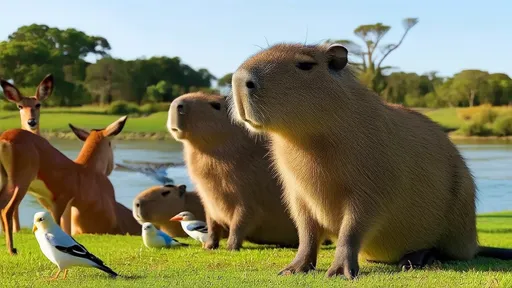
By /Jun 10, 2025
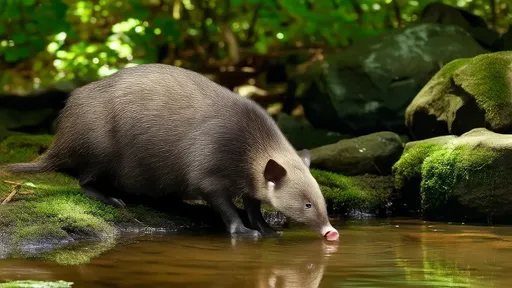
By /Jun 10, 2025
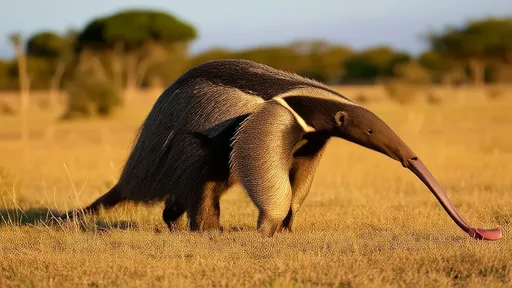
By /Jun 10, 2025
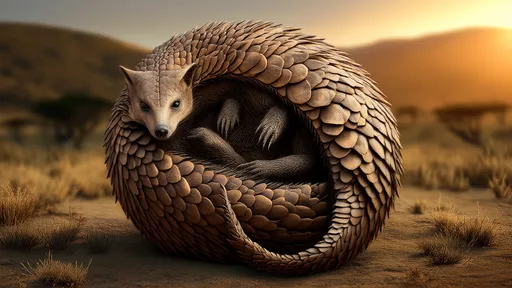
By /Jun 10, 2025
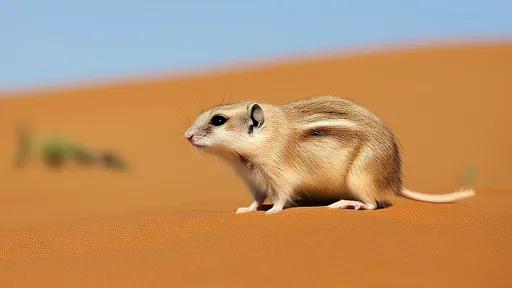
By /Jun 10, 2025
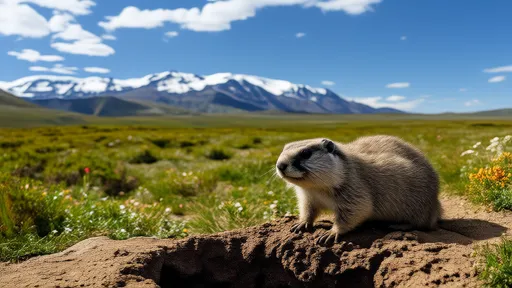
By /Jun 10, 2025
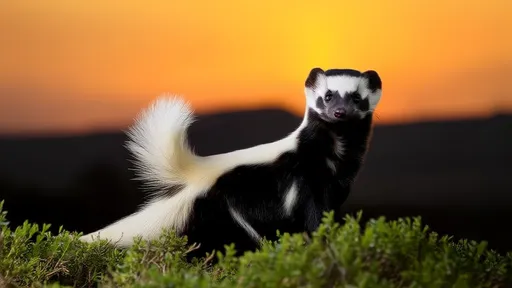
By /Jun 10, 2025

By /Jun 10, 2025

By /Jun 10, 2025

By /Jun 10, 2025
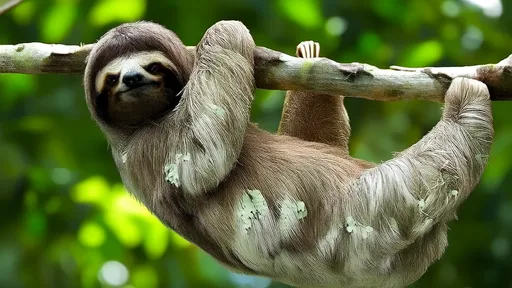
By /Jun 10, 2025
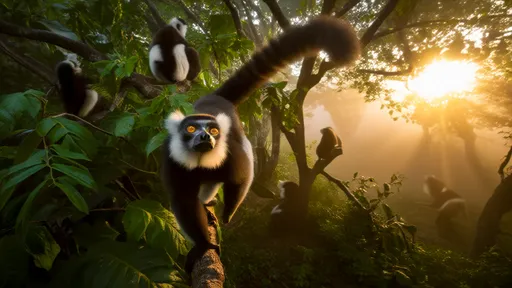
By /Jun 10, 2025

By /Jun 10, 2025
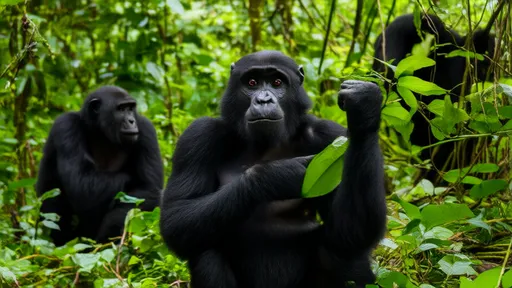
By /Jun 10, 2025
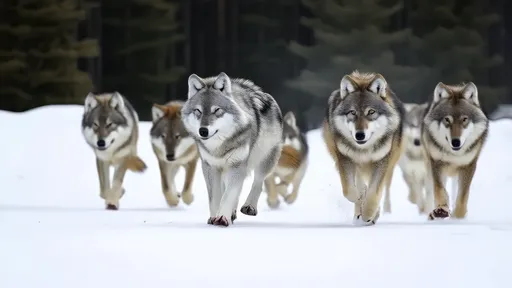
By /Jun 10, 2025

By /Jun 10, 2025
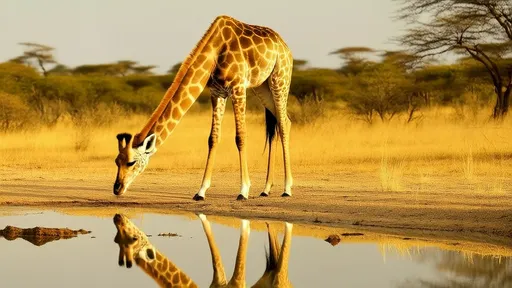
By /Jun 10, 2025